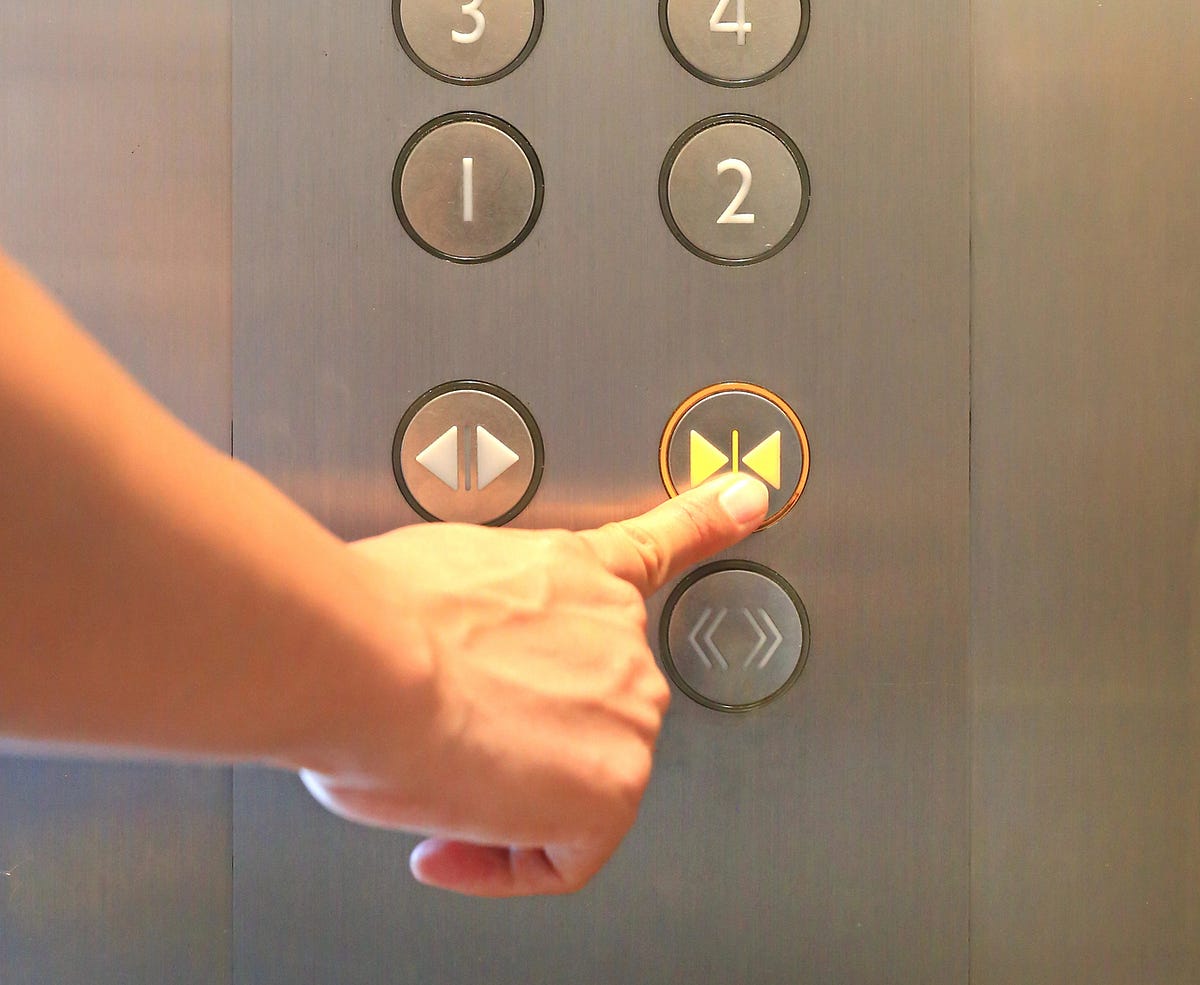The Truth About ‘Close Door’ Elevator Buttons

🌈 Abstract
The article discusses the functionality of the "close door" button in elevators, explaining that it is often a placebo button that does not actually close the doors faster. This is due to regulations from the Americans with Disabilities Act (ADA) that require elevators to remain open for a minimum amount of time to allow people with disabilities to enter.
🙋 Q&A
[01] The "Close Door" Button in Elevators
1. What is the purpose of the "close door" button in elevators?
- The "close door" button is meant to allow users to close the elevator doors quickly and get to their destination faster.
2. Why are "close door" buttons often ineffective?
- Due to the Americans with Disabilities Act (ADA) passed in 1990, elevators are required to remain open for at least 3 seconds to allow people with disabilities enough time to enter. As a result, most elevators built after the ADA either have an ineffective or "dummy" close door button, or the button is not connected to the control panel.
3. When can the "close door" button actually work?
- In some cases, the "close door" button can work, but only after the built-in delay period is over and the doors are already starting to close. If someone enters the elevator during this time, the delay period starts again.
- Emergency or maintenance workers may have access to codes or keys that can make the "close door" button functional.
4. What is the "close door" button an example of?
- The "close door" button is an example of a "placebo button" - a button that gives users a sense of control or functionality, but in reality does not do anything.
5. How do "close door" buttons work in other countries?
- In the United Kingdom, "close door" buttons are wired to work if they are present, as the UK has an equivalent standard to the ADA that determines how long elevator doors should stay open.
Shared by Daniel Chen ·
© 2024 NewMotor Inc.